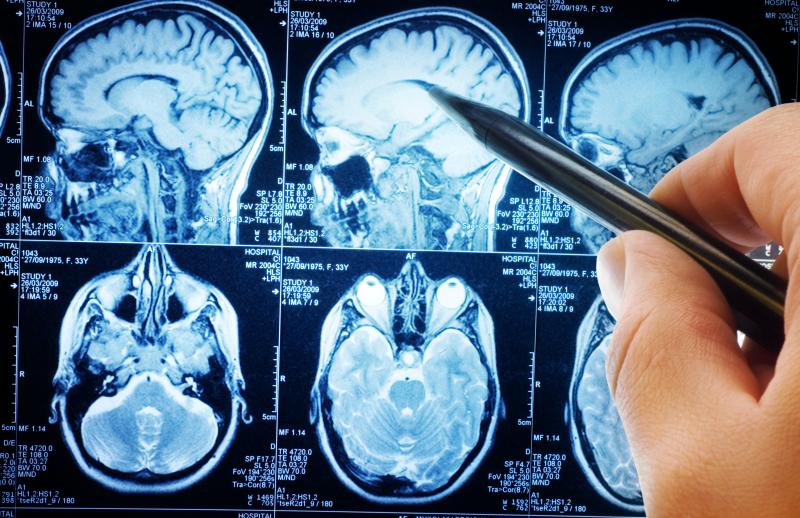
Aprepitant is safe and well-tolerated for the treatment of subacute sclerosing panencephalitis (SSPE), a recent study has found. Aside from modest improvements in electroencephalography (EEG) outcomes, no strong clinical effect was observed.
Researchers conducted a randomized, double-blind, placebo-controlled study on 62 patients with SSPE. Thirty-one (median age, 18 years) were allocated to the aprepitant arm, and the remaining 31 (median age, 22 years) received a placebo. Safety and tolerability were set as primary endpoints, while efficacy, defined as clinical improvement or stabilization, was set as a secondary outcome.
During the first 6 months, 15 patients dropped out, though mostly voluntarily; one withdrew due to side-effects, and another patient died. During the second 6 months, 12 more patients dropped out, one of whom died.
There were nine serious adverse events necessitating hospitalization. These included pneumonia (five in the aprepitant arm, three in controls) and cellulitis (one in the aprepitant arm). One case of hypotension and another of somnolence were recorded as treatment-associated adverse events.
The SSPE scoring system (SSS) was used as the main measure of neurological state. SSS did not significantly differ between arms at any time point, and neither did any of its domains: cognitive functions, seizures, motor functions, pyramidal functions, and speech capacity, among others.
Imaging, on the other hand, found some signals of efficacy in favour of aprepitant. EEG scores before the treatment and up to the 6-month follow-up were comparable in both groups. Twelve-months post-treatment, however, EEG scores were significantly better in the aprepitant patients (p=0.015).
Cerebral atrophy nevertheless worsened in both groups after 6 months of follow-up. Greater atrophy correlated nonsignificantly with poorer EEG scores.